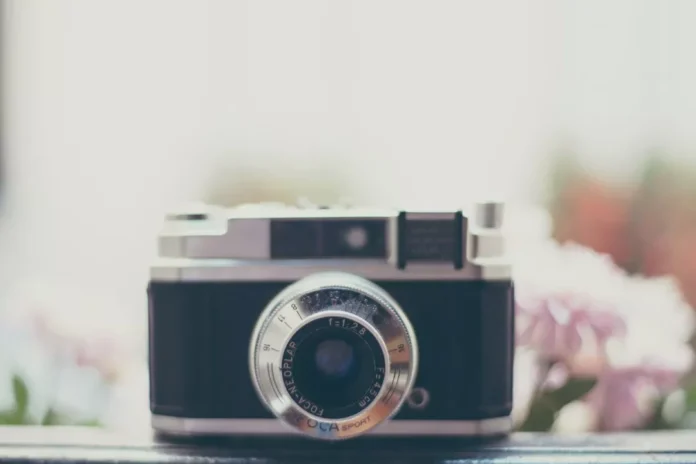Museo de la ‘ndrangheta, located in the small town of Reggio Calabria in Southern Italy, is not your typical museum. It is a unique cultural institution that aims to combat the influence of the notorious Italian mafia, known as the ‘ndrangheta. And at the helm of this museum is claudio La camera, an anthropologist and director of theater who has dedicated his life to fighting against the mafia.
La camera, who also goes by the nickname “Moro”, has been a key figure in the fight against the ‘ndrangheta for over 20 years. He has worked tirelessly to educate people about the dangers of the mafia and to promote a culture of anti-mafia values. His efforts have not gone unnoticed, as he has received numerous awards and recognition for his work, including the prestigious “Premio Nazionale Antimafia” (National Anti-Mafia Award).
One of La camera‘s most notable achievements is the creation of the Museo de la ‘ndrangheta. The idea for the museum came to him in 2010, when he was working on a theater project about the mafia. He realized that there was a need for a physical space where people could learn about the history and impact of the ‘ndrangheta, and where anti-mafia culture could be promoted.
The museum, which opened its doors in 2014, is not just a collection of artifacts and information. It is a living, breathing space that aims to engage visitors in a powerful and thought-provoking experience. The exhibits are designed to educate and raise awareness about the mafia, but also to inspire visitors to take action against it.
One of the most striking exhibits in the museum is the “fatture false” (false invoices) room, which showcases the illegal activities of the ‘ndrangheta. This room is a replica of a real ‘ndrangheta office, complete with fake invoices, accounting books, and other evidence of their criminal activities. La camera himself has collected these items over the years, often risking his own safety to obtain them. The exhibit serves as a reminder of the real-life impact of the mafia on the local community.
But the museum is not just about showcasing the negative aspects of the ‘ndrangheta. It also celebrates the bravery and courage of those who have stood up against the mafia. The “heroes” room honors the memory of those who have lost their lives in the fight against the mafia, as well as those who continue to speak out against it. This room is a powerful reminder that the fight against the mafia is ongoing and that there are still many people who are willing to stand up for what is right.
Another unique aspect of the museum is its focus on the role of women in the mafia. The “women and mafia” exhibit sheds light on the often overlooked but crucial role that women play in the ‘ndrangheta. It also highlights the stories of women who have broken free from the mafia and have become advocates for change.
In addition to its permanent exhibits, the museum also hosts temporary exhibitions, conferences, and events that promote anti-mafia culture. La camera and his team have also developed educational programs for schools, aimed at teaching young people about the dangers of the mafia and the importance of standing up against it.
The impact of the Museo de la ‘ndrangheta and claudio La camera‘s work extends far beyond the walls of the museum. It has become a symbol of hope and resistance for the people of Calabria and beyond. The museum has received thousands of visitors from all over the world, and its message of anti-mafia culture continues to spread.
In a world where the mafia still holds significant power and influence, the Museo de la ‘ndrangheta and claudio La camera‘s work are beacons of light. They remind us that with determination, courage, and a strong sense of community, we can overcome even the most powerful and dangerous forces. So, if you ever find yourself in Reggio Calabria, make sure to visit the Museo de la ‘ndrangheta and experience the powerful message of anti-mafia culture firsthand.

